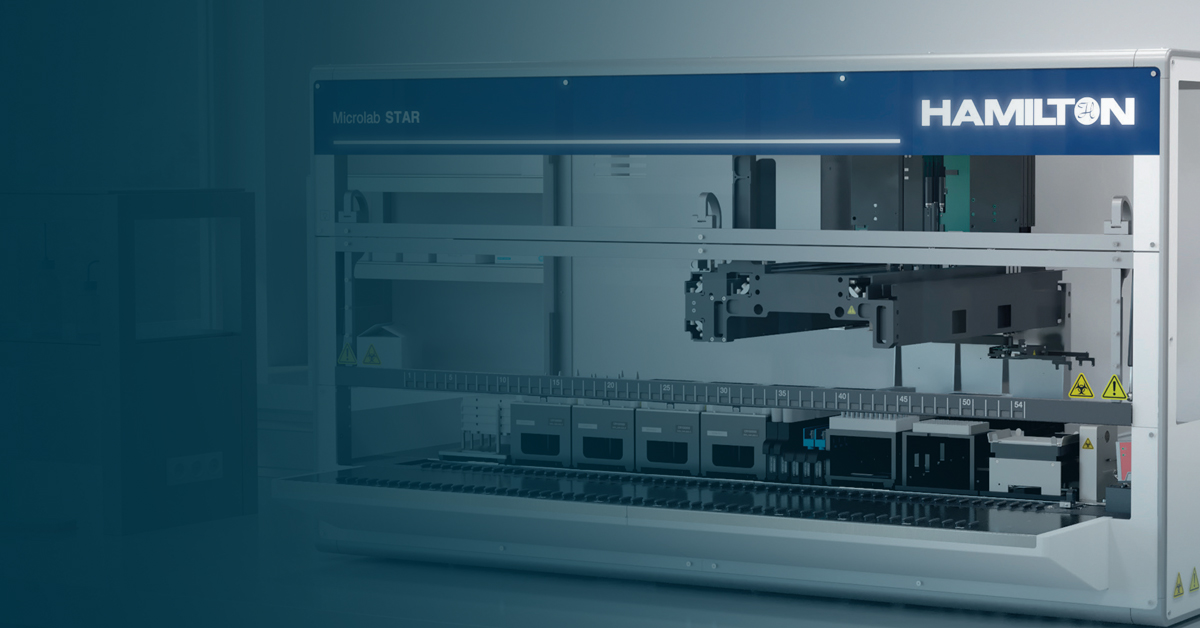
Newborn screening (NBS) programs provide the opportunity for early diagnosis of certain diseases before they have a chance to present. In almost all instances, early diagnosis means treatment may begin immediately, before the disease’s progression can cause harm. This Rare Disease Day, Worldwide Clinical Trials is bringing awareness to the role NBS plays in the diagnostic and treatment journey of our rare disease patients.
We spoke with Amy Gaviglio, a public health genetics and genomics consultant, Anthony Steyermark, medical director of The Legacy of Angels Foundation, and Derek Ansel, MS, CCRA, our Senior Director, Therapeutic Strategy Lead for Rare Disease at Worldwide Clinical Trials, to discuss the impact of NBS on the rare disease community and the potential for great strides to be made in rare disease clinical development with closer partnership with screening programs.
How have NBS programs helped to accelerate diagnosis for patients with rare diseases?
Amy: Because rare diseases are uncommon, many are not well understood and research into their natural history is minimal, meaning in most instances it is very difficult for a physician to recognize a disease when a patient presents with a constellation of symptoms. It’s not uncommon for diagnosis to take six to seven years of testing and seeing multiple specialists, leaving patients and physicians unsure of how to treat and what’s to come as the unidentified condition progresses.
Anthony: NBS public health programs have greatly helped in identifying diseases early, allowing for treatment and sometimes cure before the child becomes affected. Screening programs are mandated by each state in the U.S., with most programs screening for around 35 diseases recommended by a Federal committee. These programs have saved or helped improve the lives of thousands of children each year, but the vast majority of rare diseases are not screened for in these programs. For children with these unscreened diseases, the disease will have the chance to progress and cause damage to the child, sometimes damage which is irreversible.
Amy: While each state is free to manage their program and many have added more screenings over the years, it is a complicated issue. Since these diseases are often rare and little is known about each, it is not yet possible to develop tests for some and improbable to develop testing for all. As research continues to advance and these diseases become more understood, screening will become more possible, but newborn screening is unlikely to be the answer for all rare diseases. Testing, diagnosis, and treatment availability must be managed and added in a cost-effective manner to allow NBS to be accessible, equitable, and universal.
What potential do screening programs have to advance experimental treatments and enroll clinical trials?
Derek: Clinical development can greatly advance from partnership with public policy programs like NBS. These programs identify patients early, allowing for treatment quickly after diagnosis before permanent damage continues. As we see more gene therapies targeting monogenic disorders in our pipeline, connecting patients to clinical trials can provide additional treatment options. We’ve previously enrolled adults in gene therapy clinical trials, but the youngest patients, theoretically, receive the most benefit from these novel therapies. We as an industry are trying to identify how we can locate these young patients faster. The sooner we can find these children, the quicker we can get them into a trial and advance the therapeutic program.
Amy: The Catch-22 here is that most states test for conditions on the Recommended Uniform Screening Panel (RUSP), but to be on the RUSP, there must be a viable treatment option available. In many ways this makes sense—to tell a parent their child has a diagnosis for which no treatment exists would make a scary experience even more devastating. However, development of viable treatments for rare diseases requires patients to enroll in the clinical trials making up the development program, which requires diagnosis of the disease in the first place. We must explore how to navigate this issue while realizing the responsibility which comes with a mandatory screening program.
Anthony: While there are challenges to growing screening programs, there is great opportunity. The identification of the disease at the newborn stage would save so much time, effort, money, and pain for so many people. The advocacy community has efforts focused on adding more disease screens to the state testing programs. Traditionally, new tests were added to the panel by working with the department of health in each state, but some advocacy groups have started going directly to the legislators to have screenings added to the panel. This is a faster way to make the screen available, however these are typically unfunded mandates that don’t have the relationships and infrastructure in place to succeed as well as they could. The issue is complicated and there is no perfect answer.
When a parent receives a diagnosis for their newborn, what happens next, and are clinical trials typically presented as a treatment option?
Amy: In most states, the screening program will reach out to the primary care provider and a relevant specialist who can provide support and information on the disease. The primary care provider will start the conversation with the family and lay out next steps for confirmatory testing to possibly make a diagnosis. The relevant specialist will provide support as needed for the family, and genetic counselors can also play a role in support and education. If a diagnosis is confirmed, the patient will begin treatment or monitoring as soon as possible, and the physician will work with the family to explore options, sometimes including clinical trials. Frequently, families in this position are learning about the disease for the first time, without a family history. It can be a horrifying experience, with a potentially complicated treatment schedule that could include travel, frequent visits, and difficult testing for a newborn.
Anthony: Ideally after diagnosis is the time where clinical trials could be presented as a treatment option. However, since these are primary care physicians at the point of diagnosis, they are not specialists in the disease and are less likely to know of or recommend enrolling in a clinical trial. There is a huge need for increased education around clinical trials for physicians. It is important for physicians to provide unbiased information, at the right time, and to do thorough research to ensure they are providing accurate and up-to-date options for families. Specialists, when pulled in, can provide this information to families and education on clinical trials, but it can come too late. If a child receives another treatment at the recommendation of a physician, that treatment can sometimes disqualify a child from participating in a clinical trial later because of the protocol’s criteria for participation. For this reason, early awareness of clinical trial options is paramount.
To hear more from our contributors about the role newborn screening can play in clinical trials, watch our webinar: “From Lab to Clinical Trial: Rare Disease and Newborn Screening.” Worldwide Clinical Trials has recently launched our Newborn Screening Surveillance Program to build a partnership with screening programs and enroll patients in clinical trials. To discuss the role genetic screening could play in your clinical trials, contact us.



